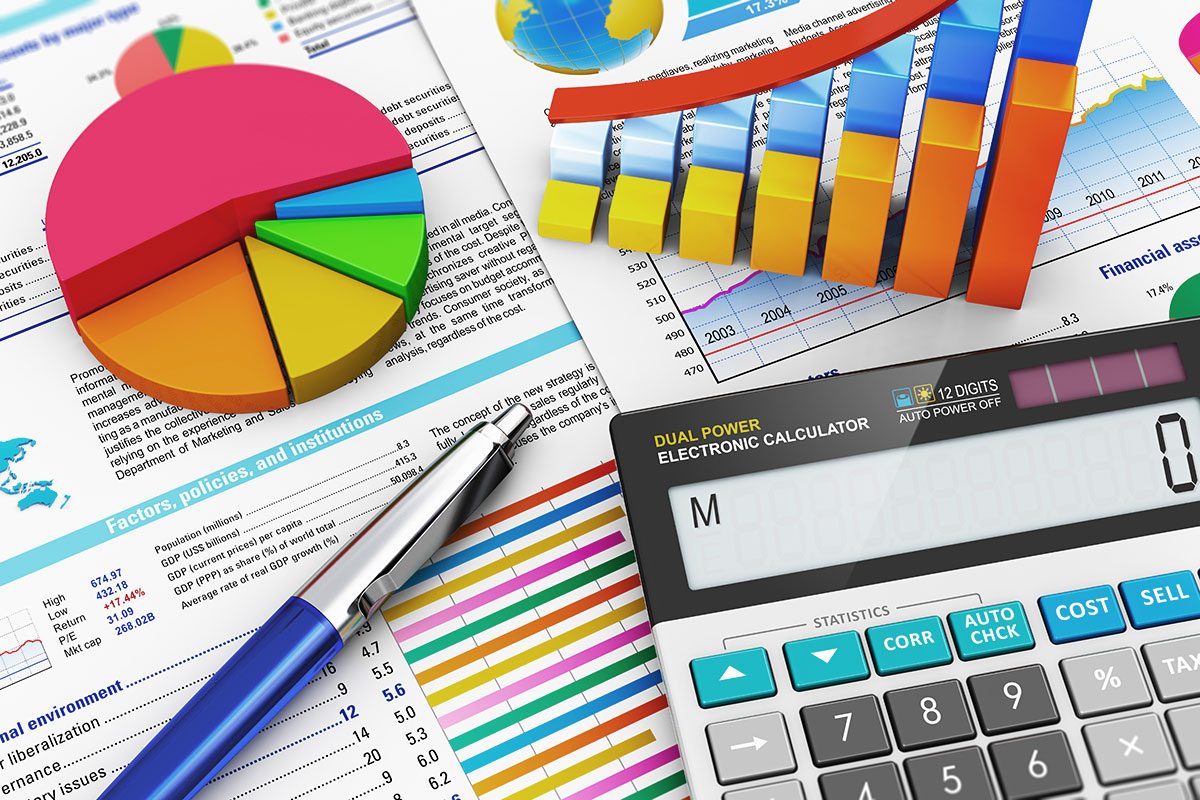Once you’ve graduated and worked for a period of time in the industry, you may think you know what it takes to be an excellent and efficient pharmacy owner. Oh boy, how wrong we can be.
For some reason, the savvy required by small business is not taught during a pharmacy degree. No matter how wonderful you are as a health provider, running a business is a different kettle of fish. If you feel like your entrepreneurial know-how is lacking, you’re not alone. Luckily for us however, this can be learnt on the job – including understanding your Balance Sheet and Profit and Loss (P&L) statements.
These monthly management reports are the groovers you need to assist you in preparing and lodging your Business Activity Statement (BAS) with the Australian Tax Office (ATO).
Understanding these two vital components of your business are absolutely critical when ensuring your pharmacy not only survives, but thrives. Getting comfortable with the financial terms thrown around means you can make educated decisions – not guesstimations! – when it comes to growing your nest egg.
You should definitely be reviewing these statements regularly – not only for planning purposes, but also if you require funding from the bank; are creating a budget; already have a loan and need to prove you’re meeting the conditions; intend on buying a pharmacy or buy into partnership; or if you want to sell your business.
The Balance Sheet
The Balance Sheet is the skeleton behind the body of your business. It shows your assets, liabilities and equity at any given moment of time.
Liabilities: For example, loans, credit card debts, money owed to suppliers
Assets: For example, cash, stock, equipment, money owed to business
Equity: The amount left after liabilities are deducted from assets
Usually completed at the end of the month or financial year, the Balance Sheet gives you a snapshot of your pharmacy’s financial wellbeing. Assets and liabilities are divided into current (short-term, to be consumed or converted within the next 12-months) and non-current (long-term, or not expected to be consumed or converted in the next 12-months). The aim at Beezwax is to provide monthly balance sheet updates (no quarterly or yearly) so pharmacy owners can monitor the true financial position of their pharmacy.
The Profit and Loss Statement
To know if you’ve made or lost money in a month, you’ve got to be familiar with your P&L and your total net profit. Also known as your Income Statement, this handy little sucker shows you the breakdown of your business’s earnings (net profit), neatly summed up in this pretty equation:
Net Profit = Trading Gross Profit + Other Income – Expenses
A P&L usually has five parts:
Revenue: Turnover/ sales
Cost of goods sold: COGS
Gross profit: Revenue minus COGS
Expenses:
Net profit: Gross profit minus expenses
Gross profit shows efficiency, while net profit shows how much you’re making before tax from every dollar you spend.
While it can feel like a bit of a minefield when you thought you were signing up to help keep your community healthy, this doesn’t have to be a total dumpster fire. Hiring a pharmacy specific accountant and tackling the holes in your education before they become tricky is a sure-fire pathway to success when it comes to your financial statements. You’ve got this!

